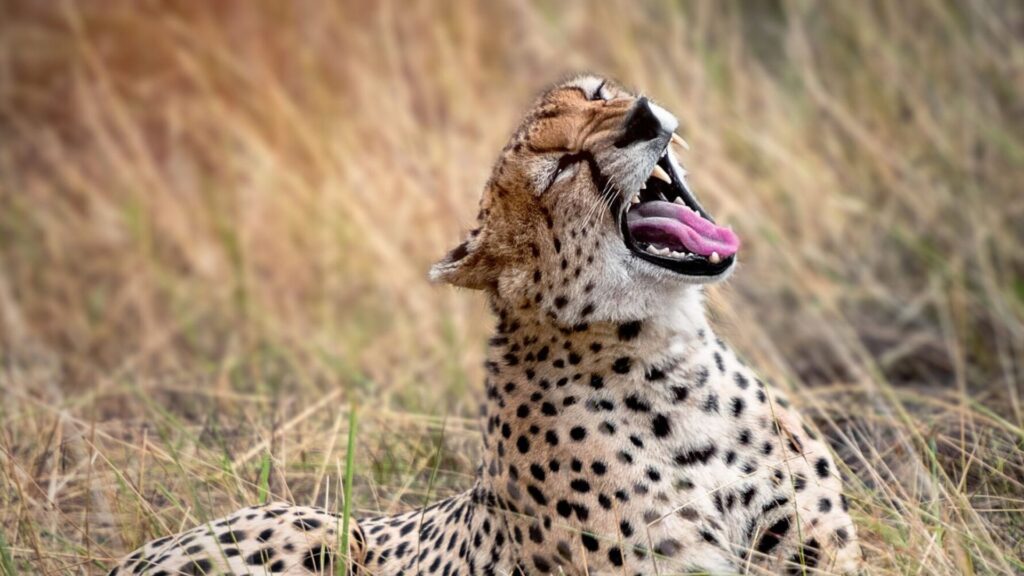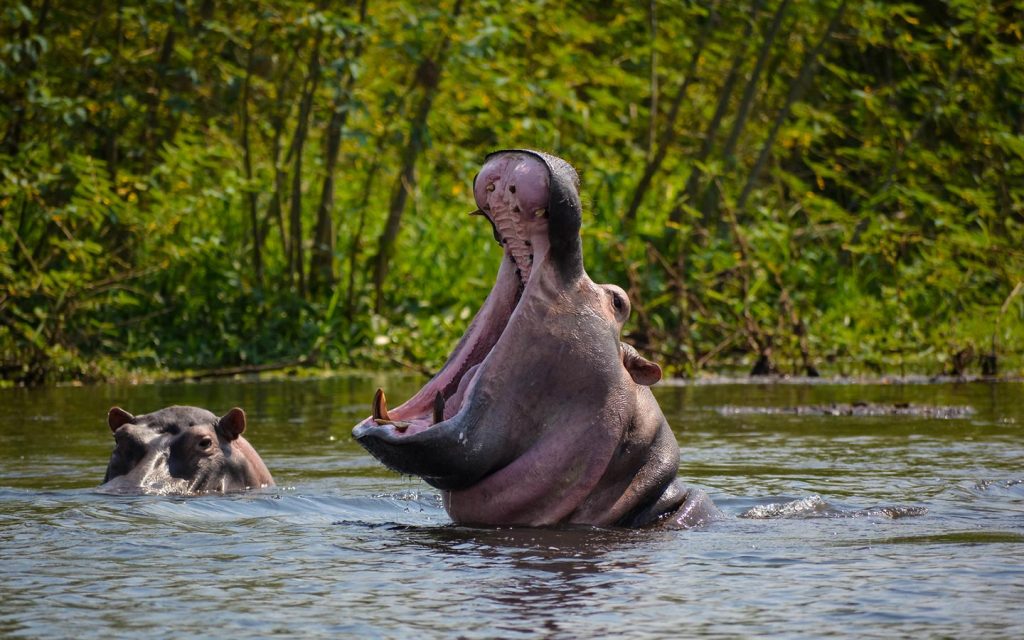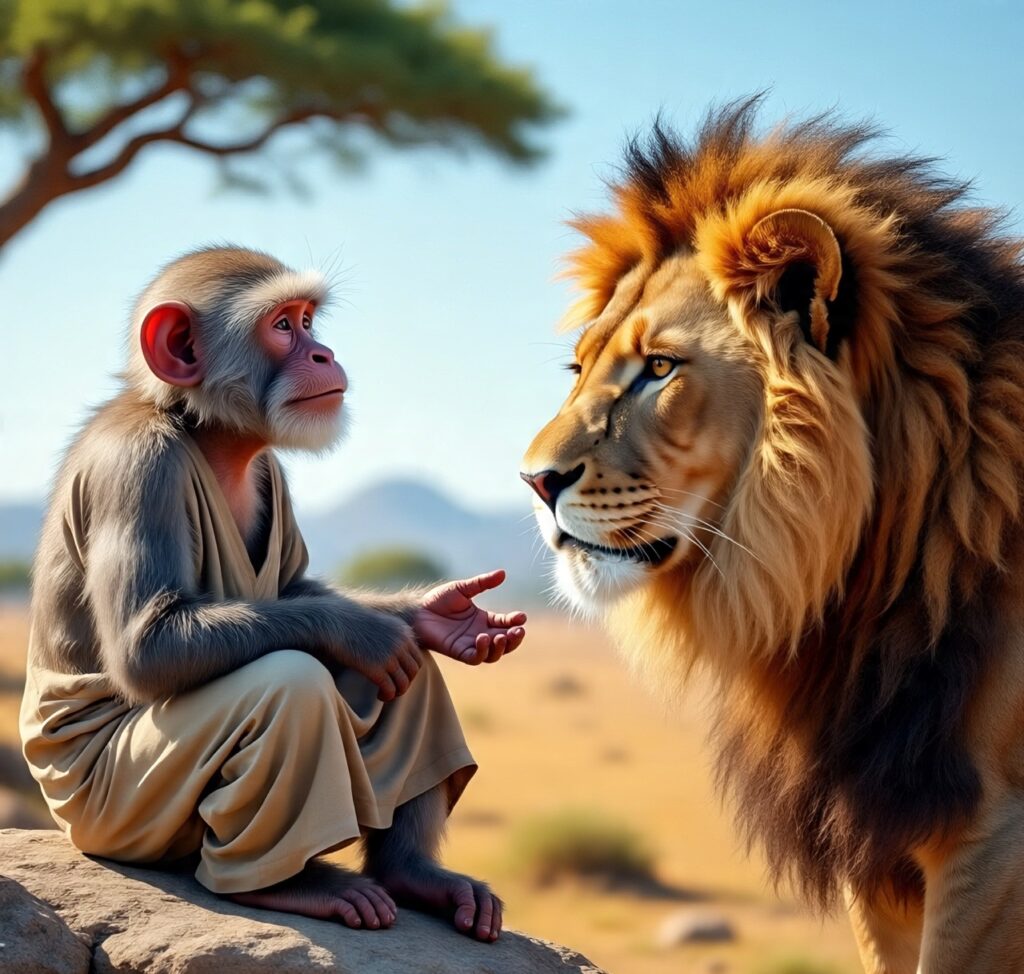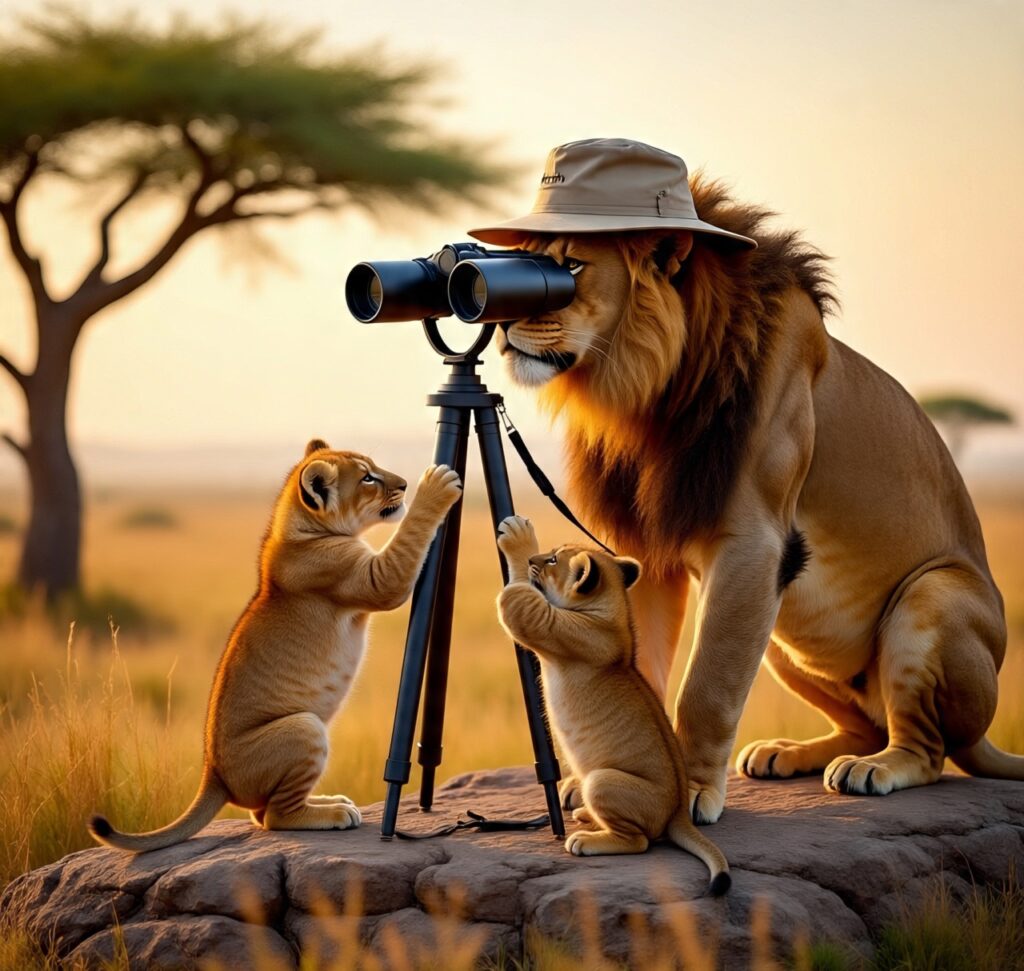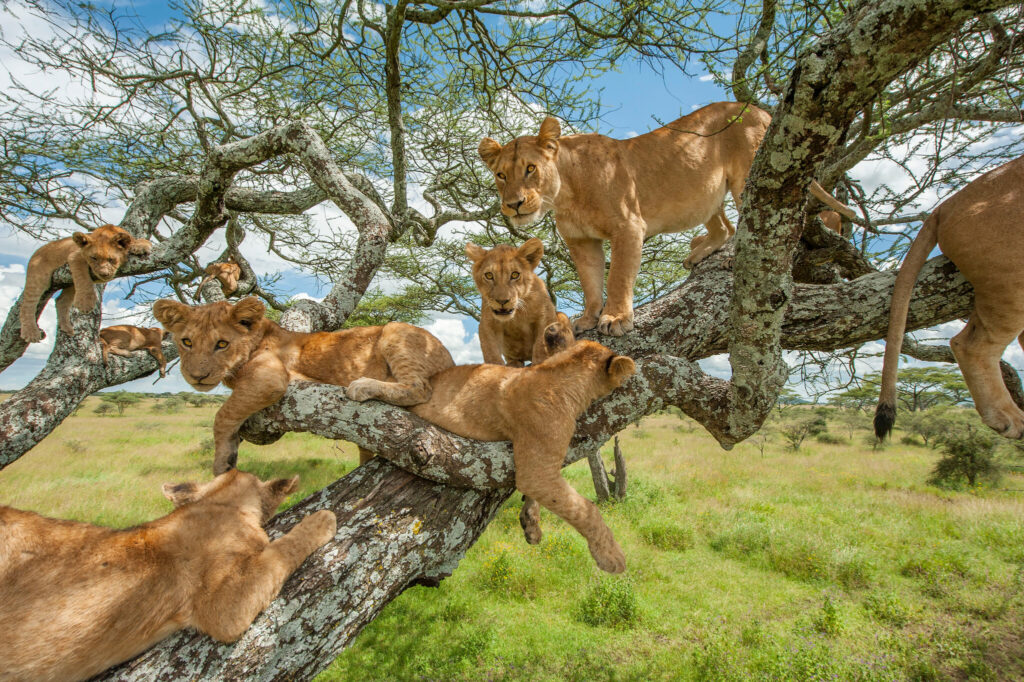The Majesty of Uganda’s Zebras – They Are Not Just Stripes, They Are a Mark of Excellence
“They Are Not Just Stripes, They Are a Mark of Excellence” – The Untamed Majesty of Uganda’s Zebras In the vast, sun-drenched savannas of Uganda, where the golden grasses ripple like waves under the African sky, the African zebra stands as a living masterpiece of nature’s artistry. These iconic creatures, often mistaken for wild horses, are so much more than their striking black-and-white stripes—they are a symbol of resilience, speed, and untamed elegance. Found in some of Uganda’s most breathtaking safari destinations, including Lake Mburo National Park and Kidepo Valley National Park, zebras captivate travelers with their unique behaviors, social structures, and breathtaking agility. Whether you’re on a game drive in Queen Elizabeth National Park or a walking safari in Lake Mburo, encountering these striped wonders is a highlight of any safari in Africa, offering a glimpse into the extraordinary world of Africa wildlife. The Stripes That Tell a Story A zebra’s stripes are not just a beautiful pattern—they are a biological marvel with multiple functions. Scientists believe these bold lines serve as: Natural Camouflage: In the shimmering heat of the savanna, zebra stripes disrupt their outline, making it difficult for predators like lions and hyenas to single out an individual in a moving herd. Temperature Control: The black stripes absorb heat, while the white stripes reflect it, creating tiny air currents that help cool their bodies under the scorching African sun. Insect Deterrent: The unique stripe pattern confuses biting flies, reducing the chances of disease transmission—a genius evolutionary adaptation. Each zebra’s stripes are as distinct as a human fingerprint, ensuring no two are ever alike. This individuality is a mark of excellence, setting them apart from other herd animals and making them one of the most fascinating subjects for wildlife photographers and safari enthusiasts. The Spirit of the Untamed Unlike their domesticated horse relatives, zebras have never been tamed, and for good reason. Their fierce independence, explosive speed (reaching up to 65 km/h), and powerful kicks make them one of the most formidable wild horses in Africa. Observing a zebra herd in action is a thrilling experience—whether they’re engaging in playful sparring, protecting their young from predators, or thundering across the plains in a synchronized stampede, their energy is nothing short of electrifying. Where to Witness Uganda’s Zebras in Their Prime Uganda’s national parks offer some of the best opportunities to see zebras in their natural habitat: Lake Mburo National Park: Home to Burchell’s zebras, this park allows for walking safaris and horseback rides, bringing you closer to these striped wonders than anywhere else. Kidepo Valley National Park: Here, zebras roam the vast wilderness alongside ostriches and cheetahs, creating dramatic scenes of predator and prey dynamics. Queen Elizabeth National Park: Spot zebras grazing near the Kazinga Channel, where they often share the landscape with elephants and buffalo. Why Zebras Are a Must-See on Your African Safari For travelers seeking the ultimate wildlife tour, zebras are an unmissable highlight. Their combination of speed, beauty, and wild spirit embodies the essence of Africa wildlife, making them a favorite among safari-goers. Whether you’re a photographer chasing the perfect shot or a nature lover eager to witness their social interactions, zebras deliver unforgettable moments. Plan Your Zebra Safari with the Best To experience the magic of Uganda’s zebras, book with the best tour and travel agency specializing in safaris in Africa. Expert guides will take you to prime viewing spots, ensuring you witness these magnificent creatures in all their striped glory Our Destinations Bwindi Impenetrable National Park Jinja- Adventure City Kibale National Park Kidepo Valley National Park Lake Mburo National Park Mgahinga Gorilla National Park Murchison Falls National Park Mt. Elgon National Park Queen Elizabeth National Park Semuliki National Park Ziwa Rhino and Wildlife Sanctuary Mt. Rwenzori National Park


